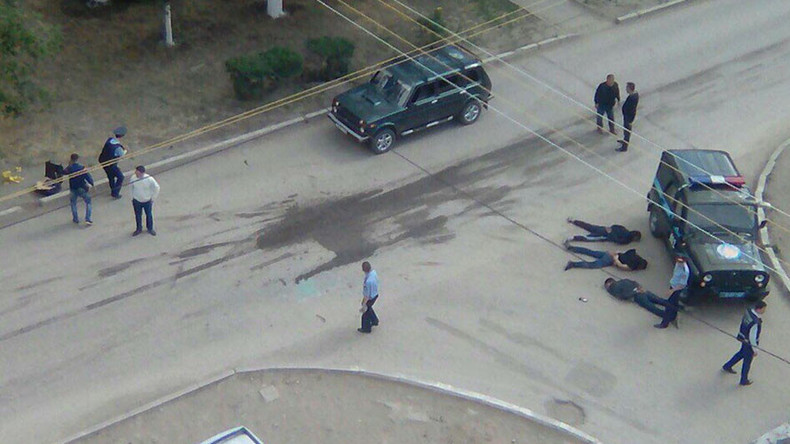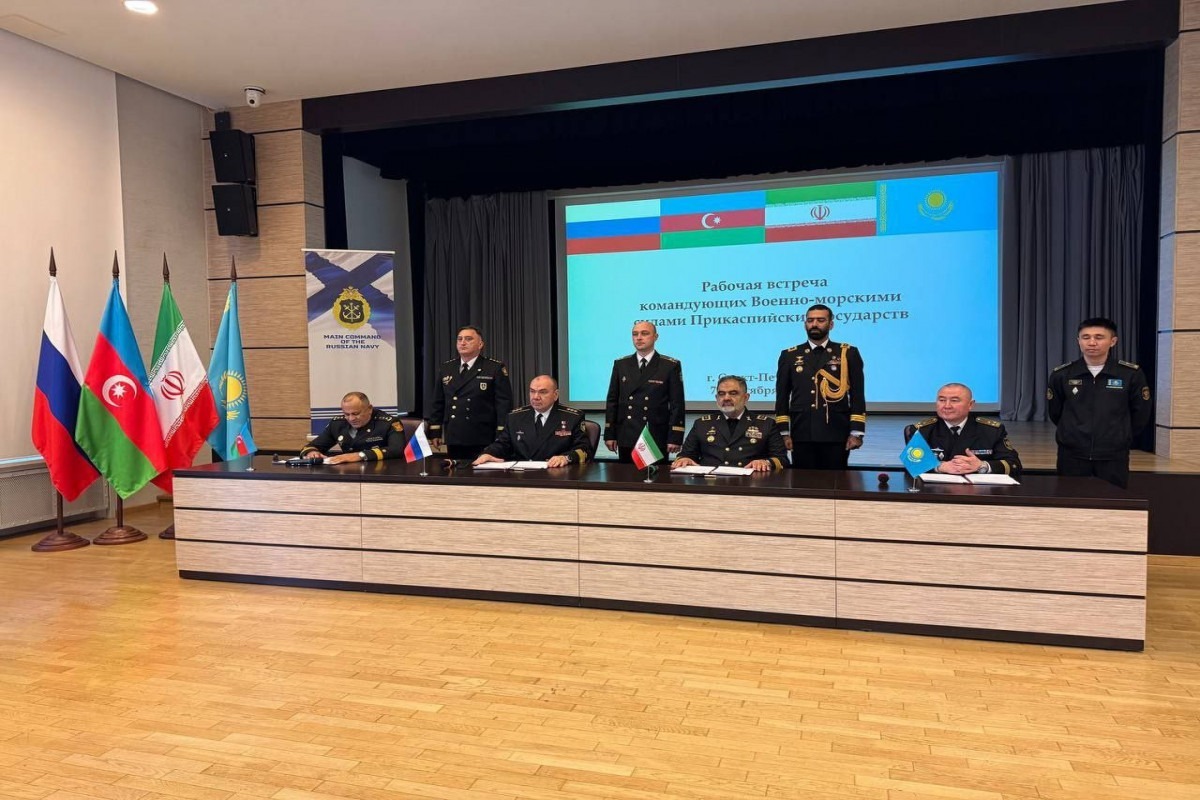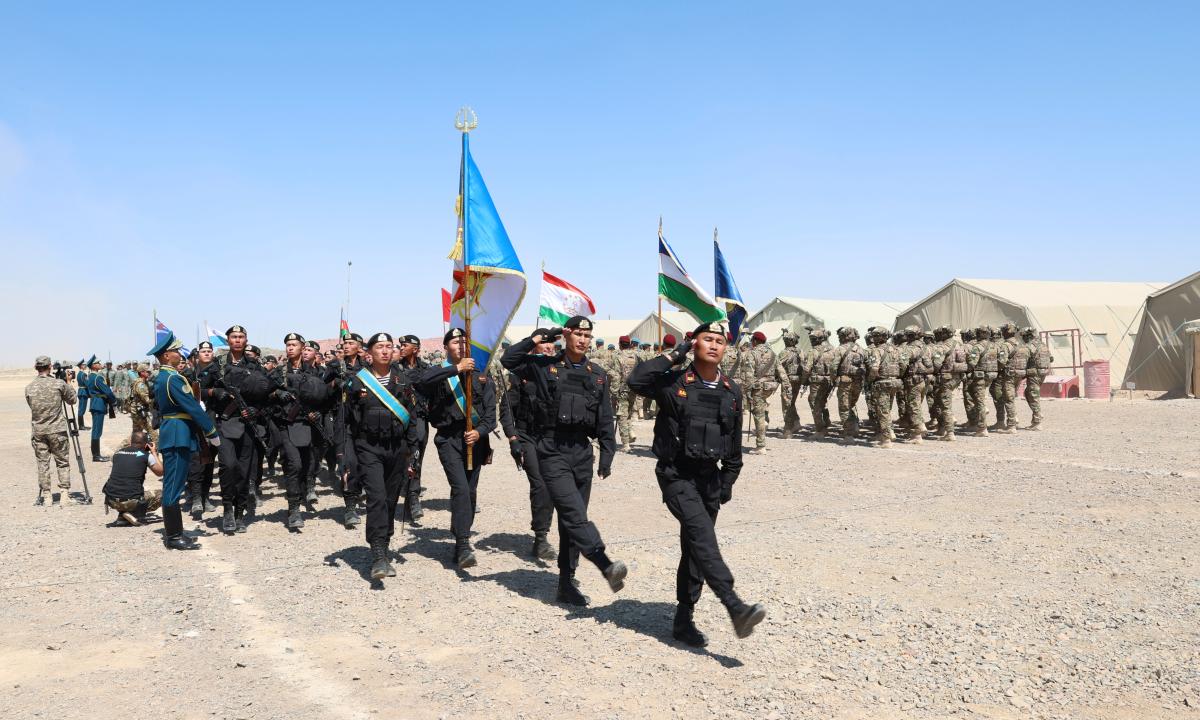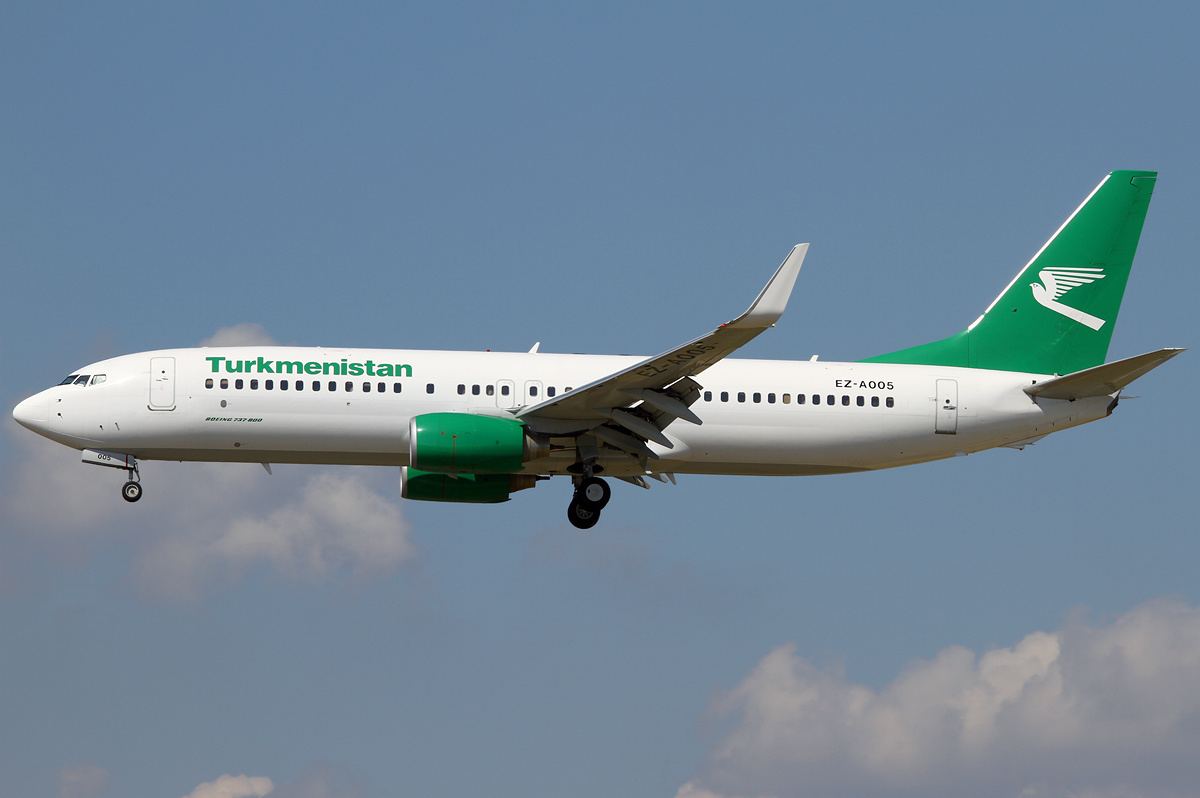
Encroaching Extremism in West Kazakhstan: A Challenge for ‘Cyber Shield’
Encroaching Extremism in West Kazakhstan: A Challenge for ‘Cyber Shield’
Speaking at a joint session of Kazakhstan’s parliament, on September 4, President Nursultan Nazarbayev stressed the importance of speeding up the implementation of the “Cyber Shield” information security project, one of the priority tasks he had set before the government in his January 31, 2017, annual Address to the People of Kazakhstan. “Lately, problems of digitalization [and] information security of the country have gained urgency. This is becoming a very serious security issue for the state,” he said, adding, “We must protect the interests of our country, our culture [and] our values” (Today.kz, September 4).
In his January 31 speech, President Nazarbayev had tasked the government and the National Security Committee (KNB) with creating the so-called Cyber Shield of Kazakhstan security system. According to the government’s concept, the plan should be implemented in two phases—in the years 2017–2018 and 2019–2020. In reality, this will be a costly undertaking for the cash-strapped Kazakhstan. For the year 2017 alone, the government has earmarked 7.4 billion tenge ($22.2 million).
One of the stated objectives put forward to substantiate the necessity of this expensive project is the alleged growing threat of terrorist hacks of government institutions and law enforcement agencies. Although throughout the winter and spring of the current year some media outlets reported a few isolated cases of cyberattacks on banks and private businesses, there was no clear sign of involvement of terrorist or extremist organization in these hacking activities.
Nevertheless, the potential threat of terrorist hackers should not be underestimated. Extremists are keeping pace with Internet technology in Kazakhstan like anywhere else. In September of 2016, the press service of the National Security Committee announced the detention of a group of religious extremists in the province of West Kazakhstan. Allegedly, terrorists who planned attacks on law enforcement officers used the Internet to receive instructions from Islamic State terrorist cells operating outside Kazakhstan (Nur.kz, September 15, 2016).
Over the last two years, West Kazakhstan has been the scene of a number of violent terrorist activities, the most notorious case being the brazen attack on a gun shop and a National Guard military compound by a group of alleged Islamic extremists on June 5, 2016, in the city of Aktobe. In the ensuing shootout between attackers and law enforcement, eight people were killed, including three police officers (see EDM, June 21, 2016). The terrorist attack in Aktobe led to an unprecedented number of detentions in West Kazakhstan. Between August 12 and 30, 2016, twenty-one people were arrested, and, reportedly, the security services foiled the terrorist plots of three radical Islamist groups (https://vlast.kz, August, 31, 2016).
West Kazakhstan has a long history of religious extremism. The region was roiled by a wave of terrorist attacks in the years 2011 and 2012. Notably, a bomb exploded at the regional office of the National Security Committee in Aktobe, on May 17, 2011; and a special operation was carried out against Islamist militants who had killed several police officers in the village of Shubarshi (Temir district) that year. Some experts believe that the extremists are receiving financial support from foreign sources. But there are also indications that home-grown terrorist groups profit from the illegal sale of oil (Tengrinews.kz, June 26, 2013).
In oil-rich West Kazakhstan, unlike the predominantly Russian-populated provinces of North and East Kazakhstan, Islamic traditions are deeply rooted in the mentality of ethnic Kazakhs. The head of the regional education department of the Atyrau region in West Kazakhstan, Nursaule Sailauova, complained that this year (2017) more than 200 female students came to school wearing hijabs (Muslim headscarves), in defiance of institutional regulations. This is a growing trend: last year, the number of hijab wearers in Atyrau schools did not exceed 140 students (Mgorod.kz, September 8).
Apart from this strong local religious mindset, scarce land resources in the region as well as widespread unemployment also create a breeding ground for extremist ideology. Symptomatically, terrorist attacks in Aktobe in June 2016 were preceded by massive land protests in the West Kazakhstan city of Atyrau, which briskly spread to other areas of Kazakhstan (see EDM, May 16, 2016).
Due to its close vicinity to the restive North Caucasus region of Russia, West Kazakhstan is readily exposed to the growing influence of so-called Wahhabis and Salafists from Chechnya and Dagestan. To counter such “non-traditional” religious trends, local governments in West Kazakhstan are working together with the Kazakhstani Spiritual Board of Muslims to promote the teachings of the moderate Hanafi religious school, officially endorsed by Astana. But so far, they are losing the battle to religious radicals, who use the Internet to more effectively communicate with and recruit new members. Given the shortage of IT specialists, a tight state budget, as well as rampant corruption and bureaucracy in government offices, it is far from certain that the Cyber Shield of Kazakhstan initiative can be implemented before a serious cyberattack from terrorist hackers becomes a reality.


